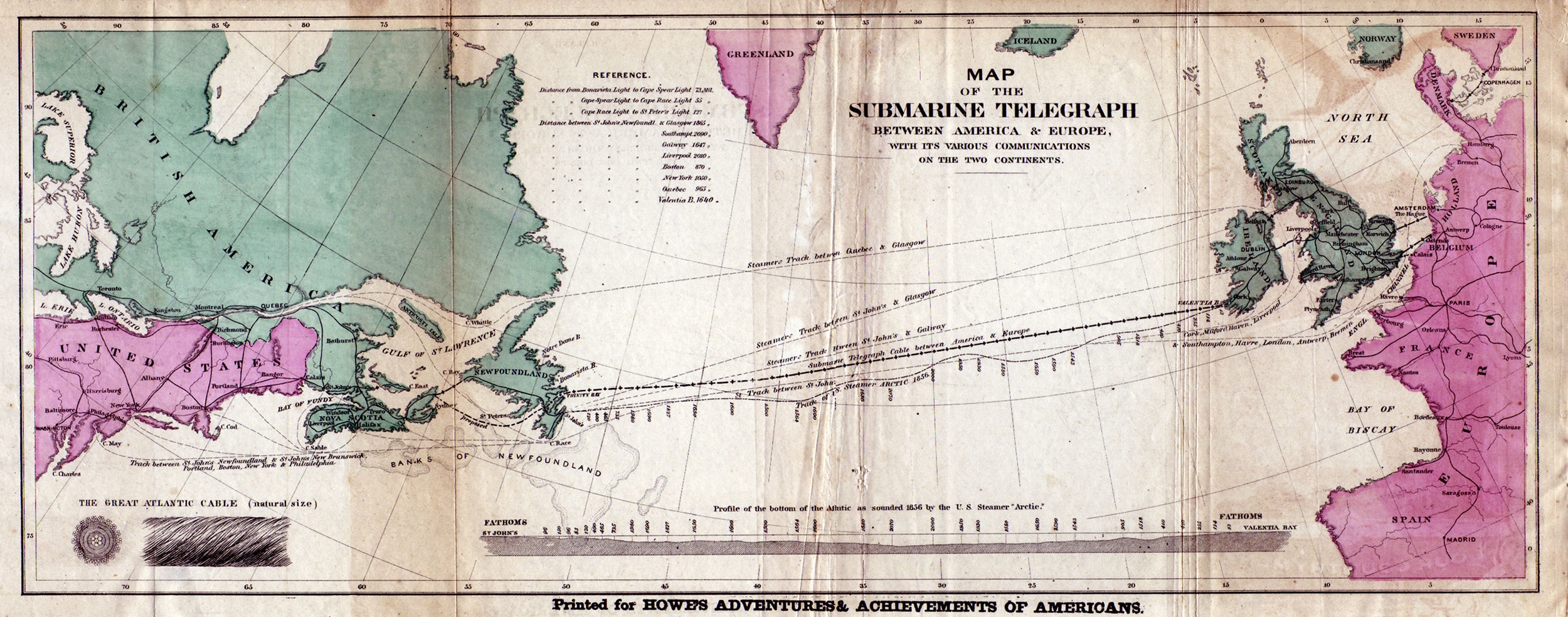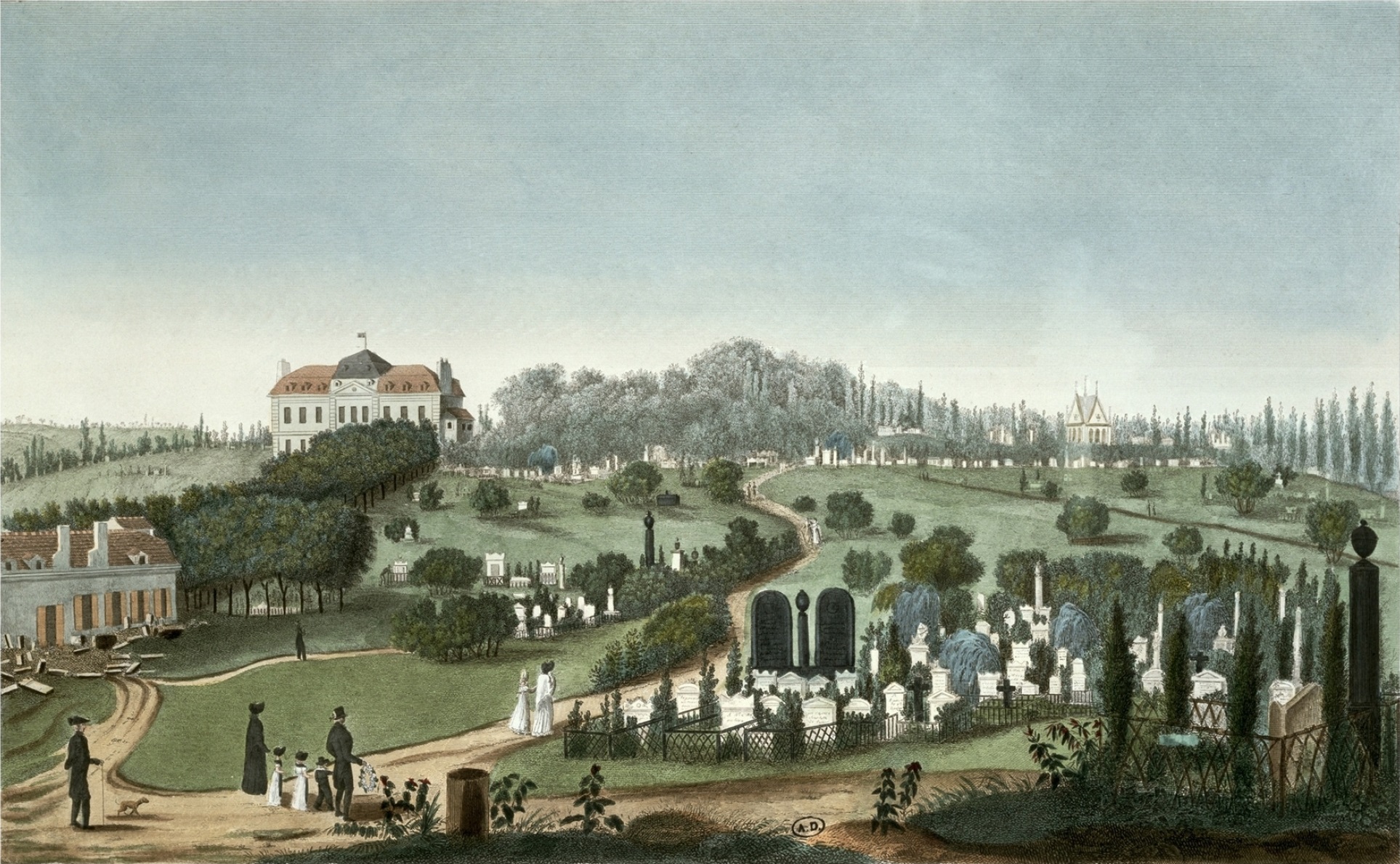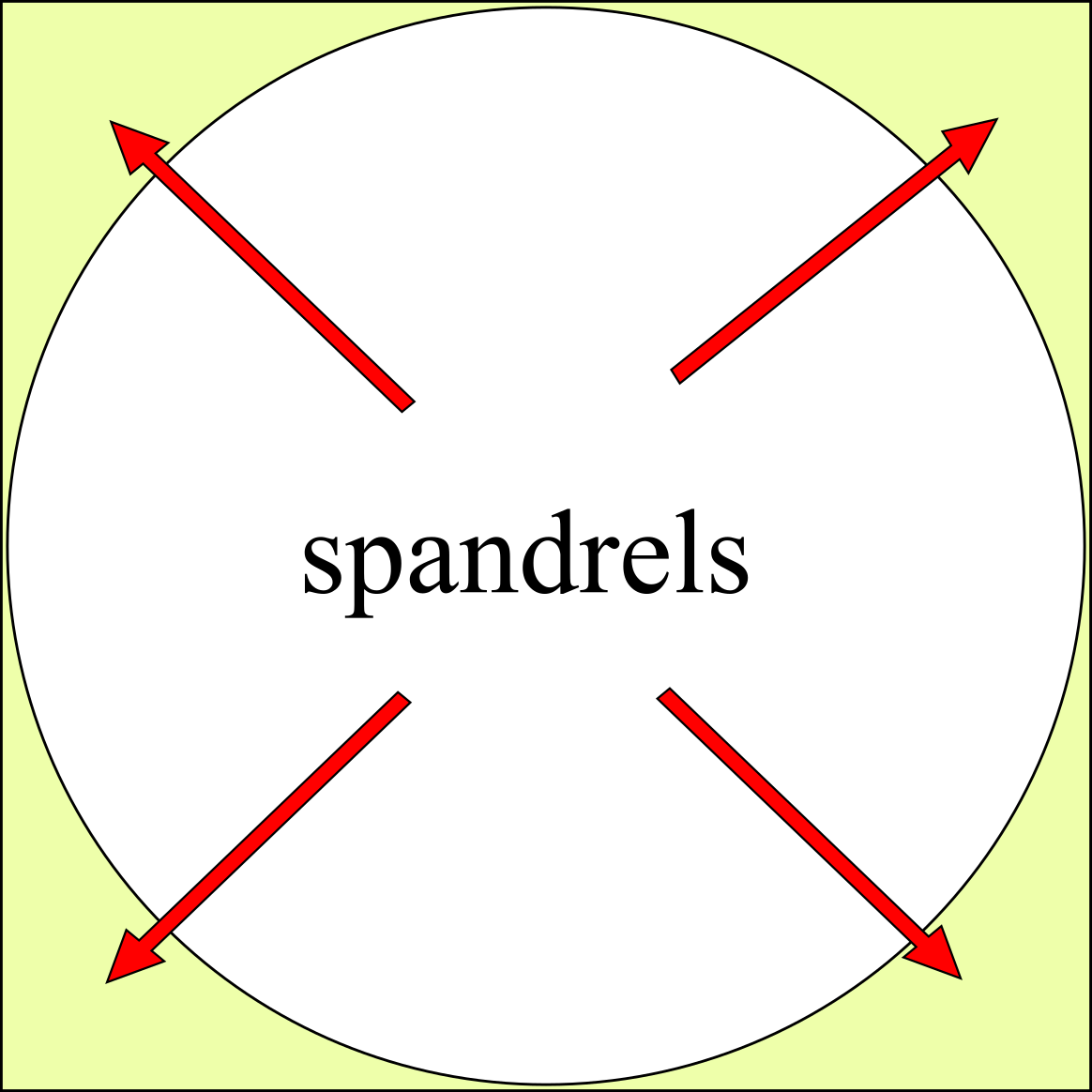|
Charles Émile Seurre
Charles Marie Émile Seurre or Seurre the Younger (22 February 1798 – 11 January 1858) was a French sculptor.Ward-Jackson, Philip (1996). "Seurre" in ''The Dictionary of Art'', edited by Jane Turner; vol. 28, p. 506. London: Macmillan. Reprinted 1998 with minor corrections: . Life Seurre was born and died in Paris. A student of the sculptor Pierre Cartellier, in 1824 Émile Seurre won the Prix de Rome for sculpture with a relief on the subject ''Joseph's tunic brought back to Jacob''. Like his elder brother Bernard Seurre, he took part in spreading the Napoleonic legend and is best known for his series of statues of 'great men'. Works * ''Napoléon I'' (1833), standing statue, bronze, Paris, Hôtel des Invalides, cour d'honneur * ''Napoléon I'', standing statue (smaller version), bronze, Versailles, châteaux de Versailles et de Trianon * ''The Navy'', allegorical figure, Paris, Arc de Triomphe de l'Étoile, under the arc de triomphe, north spandrel * ''Talent'', ... [...More Info...] [...Related Items...] OR: [Wikipedia] [Google] [Baidu] |
Boileau Cour Napoleon Louvre
Boileau can refer to: ;Persons: * Alexander Boileau, an early surveyor, census administrator and agent of the East India Company * Arthur Boileau (born 1957), Canadian Olympic distance runner *Boileau baronets, a title in the Baronetage of Tacolneston Hall in the County of Norfolk, United Kingdom *Boileau-Narcejac, pen name of Pierre Boileau and Pierre Ayraud, also known as Thomas Narcejac, French writers of police stories * Charles Boileau, 17th century French ecclesiastic and preacher, member of the Académie française * Claude Boileau (1933–2025), Canadian ice hockey player * Emmanuel Boileau de Castelnau (1857–1923), French mountain climber * George Theodore Boileau, American Roman Catholic bishop * Gilles Boileau, 17th century member of the Académie française *Jacques Boileau, 17th century French clergyman * John Theophilus Boileau (1805–1886), British army engineer *Nicolas Boileau-Despréaux Nicolas Boileau-Despréaux (; 1 November 1636 – 13 March 1711), often k ... [...More Info...] [...Related Items...] OR: [Wikipedia] [Google] [Baidu] |
Hugues Quiéret
Hugues Quiéret ( 129024 June 1340) was a French nobleman, admiral and military commander. He was a knight, lord of Tours-en-Vimeu and of Hamicourt, both in Picardy. Before becoming an admiral, he was an advisor, Chamberlain (office), Chamberlain, Grand Master of France (), then the seneschal of Beaucaire, Gard, Beaucaire and Nimes from 1325 to 1332. He was made an admiral, then captain of Tournai, Tournay, then an Admiral of France (). After several victories, he commanded the French fleet at the Battle of Sluys in 1340, during the Hundred Years' War between France and England, and was wounded, captured and beheaded by the English. Family Hugues's father was also called Hugues; he was a knight and the Lord of Douriez and Fransu (). The Quiéret family claimed descent from lords in Picardy, although no genealogy can be produced. They bore a coat of arms blazoned as "Ermine, three fleurs de lys at the foot fed gules, two lions for supporters" (), originating in Hugues Quiéret ... [...More Info...] [...Related Items...] OR: [Wikipedia] [Google] [Baidu] |
19th-century French Sculptors
The 19th century began on 1 January 1801 (represented by the Roman numerals MDCCCI), and ended on 31 December 1900 (MCM). It was the 9th century of the 2nd millennium. It was characterized by vast social upheaval. Slavery was Abolitionism, abolished in much of Europe and the Americas. The First Industrial Revolution, though it began in the late 18th century, expanded beyond its British homeland for the first time during the 19th century, particularly remaking the economies and societies of the Low Countries, France, the Rhineland, Northern Italy, and the Northeastern United States. A few decades later, the Second Industrial Revolution led to ever more massive urbanization and much higher levels of productivity, profit, and prosperity, a pattern that continued into the 20th century. The Catholic Church, in response to the growing influence and power of modernism, secularism and materialism, formed the First Vatican Council in the late 19th century to deal with such problems an ... [...More Info...] [...Related Items...] OR: [Wikipedia] [Google] [Baidu] |
1858 Deaths
Events January–March * January 9 ** Revolt of Rajab Ali: British forces finally defeat Rajab Ali Khan of Chittagong. ** Anson Jones, the last president of the Republic of Texas, commits suicide. * January 14 – Orsini affair: Piedmontese revolutionary Felice Orsini and his accomplices fail to assassinate Napoleon III in Paris, but their bombs kill eight and wound 142 people. Because of the involvement of French émigrés living in Britain, there is a brief anti-British feeling in France, but the emperor refuses to support it. * January 25 – The '' Wedding March'' by Felix Mendelssohn becomes a popular wedding recessional, after it is played on this day at the marriage of Queen Victoria's daughter Victoria, Princess Royal, to Prince Friedrich of Prussia in St James's Palace, London. * January **Benito Juárez becomes the Liberal President of Mexico and its first indigenous president. At the same time, the conservatives installed Félix María Zuloaga as a riv ... [...More Info...] [...Related Items...] OR: [Wikipedia] [Google] [Baidu] |
1798 Births
Events January–June * January – Eli Whitney contracts with the U.S. federal government for 10,000 muskets, which he produces with interchangeable parts. * January 4 – Constantine Hangerli enters Bucharest, as Prince of Wallachia. * January 22 – A coup d'état is staged in the Netherlands (Batavian Republic). Unitarian Democrat Pieter Vreede ends the power of the parliament (with a conservative-moderate majority). * February 10 – The Pope is taken captive, and the Papacy is removed from power, by French General Louis-Alexandre Berthier. * February 15 – U.S. Representative Roger Griswold (Fed-CT) beats Congressman Matthew Lyon (Dem-Rep-VT) with a cane after the House declines to censure Lyon earlier spitting in Griswold's face; the House declines to discipline either man.''Harper's Encyclopaedia of United States History from 458 A. D. to 1909'', ed. by Benson John Lossing and, Woodrow Wilson (Harper & Brothers, 1910) p171 * March &ndash ... [...More Info...] [...Related Items...] OR: [Wikipedia] [Google] [Baidu] |
Puy-en-Velay
Le Puy-en-Velay (, ; , before 1988: ''Le Puy'') is the prefecture of the Haute-Loire department in the Auvergne-Rhône-Alpes region of south-central France. Located near the river Loire, the city is famous for its cathedral, for a kind of lentil, for its lace-making, as well as for being the origin of the ''Chemin du Puy,'' one of the principal origin points of the pilgrimage route of Santiago de Compostela in France. In 2021, the commune had a population of 18,629. History Le Puy-en-Velay was a major bishopric by the early period of medieval France. Its foundation is largely legendary. According to a martyrology compiled by Ado of Vienne, published in many copies in 858, and supplemented in the mid-10th century by Gauzbert of Limoges, a priest named George accompanied a certain Front, the first Bishop of Périgueux, when they were sent to proselytize in Gaul. Front was added to the list of the apostles to Gaul, who in tradition are described as being sent out to reorgani ... [...More Info...] [...Related Items...] OR: [Wikipedia] [Google] [Baidu] |
Charles VII Of France
Charles VII (22 February 1403 – 22 July 1461), called the Victorious () or the Well-Served (), was King of France from 1422 to his death in 1461. His reign saw the end of the Hundred Years' War and a ''de facto'' end of the English claims to the French throne. During the Hundred Years' War, Charles VII inherited the throne of France under desperate circumstances. Forces of the Kingdom of England and the duke of Burgundy occupied Guyenne and northern France, including Paris, the capital and most populous city, and Reims, the city in which French kings were traditionally crowned. In addition, his father, Charles VI, had disinherited him in 1420 and recognized Henry V of England and his heirs as the legitimate successors to the French crown. At the same time, a civil war raged in France between the Armagnacs (supporters of the House of Valois) and the Burgundian party (supporters of the House of Valois-Burgundy, which was allied to the English). With his court removed ... [...More Info...] [...Related Items...] OR: [Wikipedia] [Google] [Baidu] |
Gaston Of Foix, Duke Of Nemours
Gaston de Foix, duc de Nemours (10 December 1489 – 11 April 1512), nicknamed The Thunderbolt of Italy, was a famed French military commander of the Renaissance. Nephew of King Louis XII of France and general of his armies in Kingdom of Italy (Holy Roman Empire), Italy from 1511 to 1512, he is noted for his military feats in a career which lasted no longer than a few months. The young general is regarded as a stellar commander well ahead of his time. An adept of lightning fast forced marches as well as sudden and bold Offensive (military), offensives that destabilized contemporary armies and commanders, De Foix is mostly remembered for his six-month campaign against the Holy League in the War of the League of Cambrai. He met his end in said conflict, at the age of 22, during the Battle of Ravenna (1512), the last of his triumphs. Life Born in Mazères, Ariège, Mazères, County of Foix, he was the second child but only son of John of Foix, Viscount of Narbonne and Marie of Orl� ... [...More Info...] [...Related Items...] OR: [Wikipedia] [Google] [Baidu] |
Louis IX Of France
Louis IX (25 April 1214 – 25 August 1270), also known as Saint Louis, was King of France from 1226 until his death in 1270. He is widely recognized as the most distinguished of the Direct Capetians. Following the death of his father, Louis VIII, he was Coronation of the French monarch, crowned in Reims at the age of 12. His mother, Blanche of Castile, effectively ruled the kingdom as regent until he came of age, and continued to serve as his trusted adviser until her death. During his formative years, Blanche successfully confronted rebellious vassals and championed the Capetian cause in the Albigensian Crusade, which had been ongoing for the past two decades. As an adult, Louis IX grappled with persistent conflicts involving some of the most influential nobles in his kingdom, including Hugh X of Lusignan and Peter I of Brittany. Concurrently, England's Henry III of England, Henry III sought to reclaim the Angevin Empire, Angevin continental holdings, only to be decisively def ... [...More Info...] [...Related Items...] OR: [Wikipedia] [Google] [Baidu] |
Père Lachaise Cemetery
Père Lachaise Cemetery (, , formerly , ) is the largest cemetery in Paris, France, at . With more than 3.5 million visitors annually, it is the most visited necropolis in the world. Buried at Père Lachaise are many famous figures in the arts, including Miguel Ángel Asturias, Honoré de Balzac, Sarah Bernhardt, Georges Bizet, Frédéric Chopin, Colette, George Enescu, Max Ernst, Olivia de Havilland, Marcel Marceau, Georges Méliès, Amedeo Modigliani, Molière, Édith Piaf, Camille Pissarro, Marcel Proust, Gertrude Stein, Oscar Wilde, Richard Wright (author), Richard Wright, Sadegh Hedayat, Jim Morrison, and Michel Petrucciani. Many famous philosophers, scientists, and historical figures are buried there as well, including Peter Abelard, Pierre Bourdieu, Jean-François Champollion, Auguste Comte, Georges Cuvier, Joseph Fourier, Manuel Godoy, Georges-Eugène Haussmann, Jean-François Lyotard, Nestor Makhno, Maurice Merleau-Ponty, Jean Moulin, Henri de Saint-Simon, Jean-Bap ... [...More Info...] [...Related Items...] OR: [Wikipedia] [Google] [Baidu] |
Pierre Cartellier
Pierre Cartellier (2 December 1757 – 12 June 1831) was a French sculpture, sculptor. Biography Pierre Cartellier was born in Paris. He studied at the École Gratuite de Dessin in Paris and then in the studio of Charles-Antoine Bridan, before attending the ''Académie Royale''. During the French Revolution, Cartellier was part of a team of sculptors who worked on the church of Saint Geneviève in Paris to convert it to the Panthéon, Paris, Panthéon. At a time in European history when ancient works were the measure by which all statuary was judged, in 1801 Cartellier obtained wide recognition after exhibiting a plaster version of his statue of ''Modesty'' that was based on the free-standing statue of the Capitoline Venus in Rome. After the Bourbon Restoration in France, Bourbon Restoration, he was given a commission to sculpt the bronze equestrian statue of Louis XIV of France, King Louis XIV that can be seen in the ''cour d'honneur'' of Palace of Versailles, Versailles. A ... [...More Info...] [...Related Items...] OR: [Wikipedia] [Google] [Baidu] |
Spandrel
A spandrel is a roughly triangular space, usually found in pairs, between the top of an arch and a rectangular frame, between the tops of two adjacent arches, or one of the four spaces between a circle within a square. They are frequently filled with decorative elements. Meaning There are four or five accepted and cognate meanings of the term ''spandrel'' in architecture, architectural and art history, mostly relating to the space between a curved figure and a rectangular boundary – such as the space between the curve of an arch and a rectilinear bounding moulding, or the wallspace bounded by adjacent arches in an arcade and the stringcourse or moulding above them, or the space between the central medallion of a carpet and its rectangular corners, or the space between the circular face of a clock and the corners of the square revealed by its hood. Also included is the space under a flight of stairs, if it is not occupied by another flight of stairs. In a building with more ... [...More Info...] [...Related Items...] OR: [Wikipedia] [Google] [Baidu] |








